
Achieving Success in Indirect Procurement: Step-by-Step Guide
Introduction: Procurement efficiency is crucial to the success or failure of a firm in today’s fast-paced commercial world. Any company...

Get 20€ off on your first order!
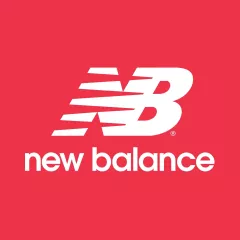
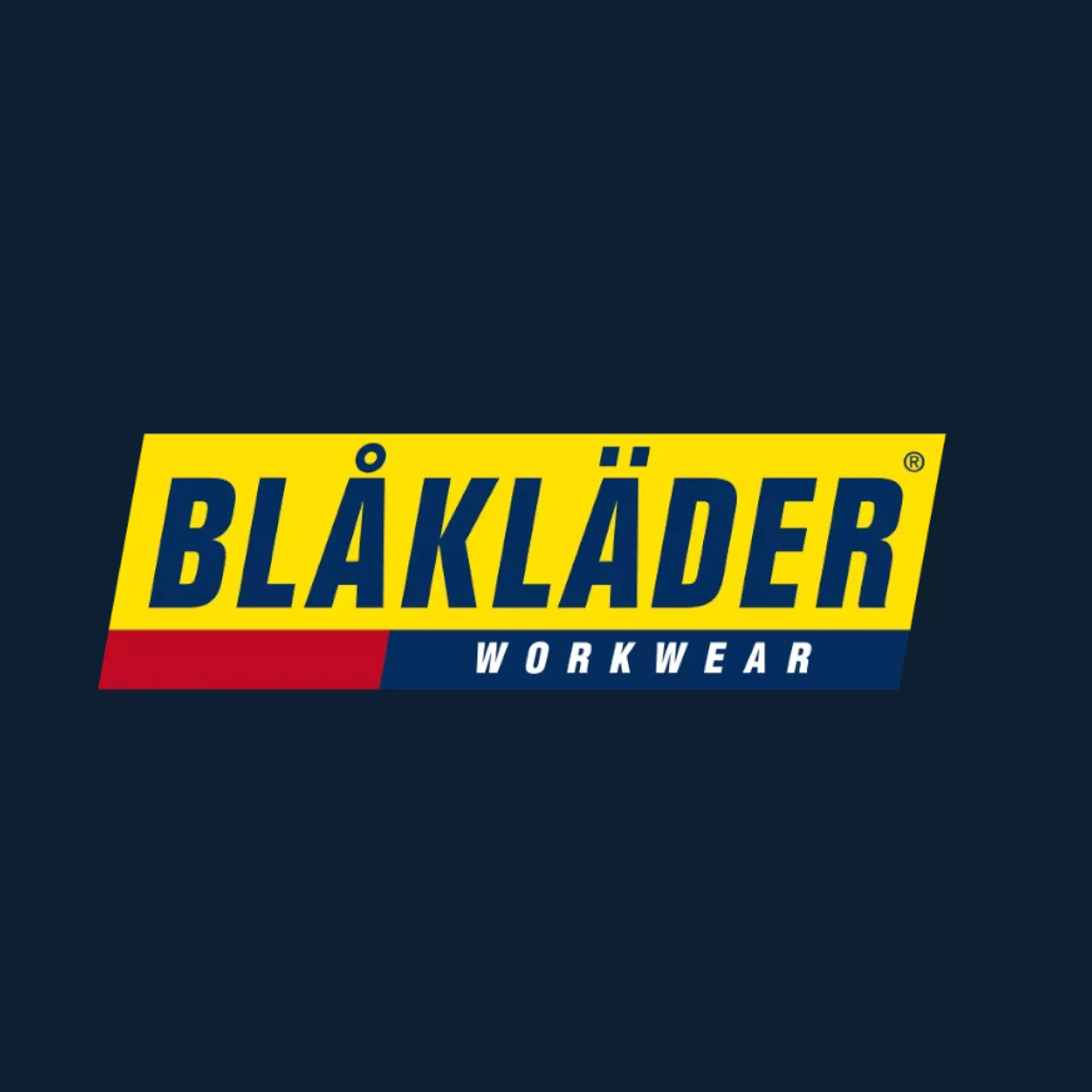
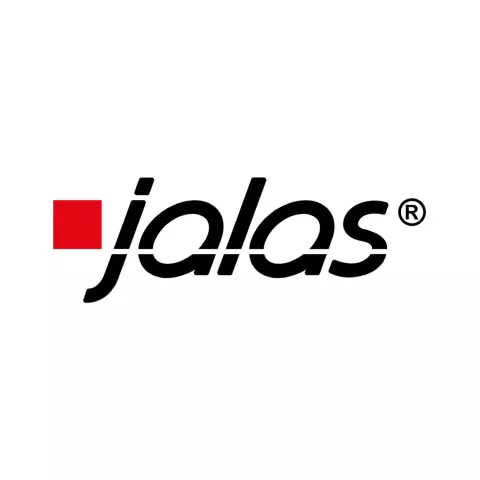
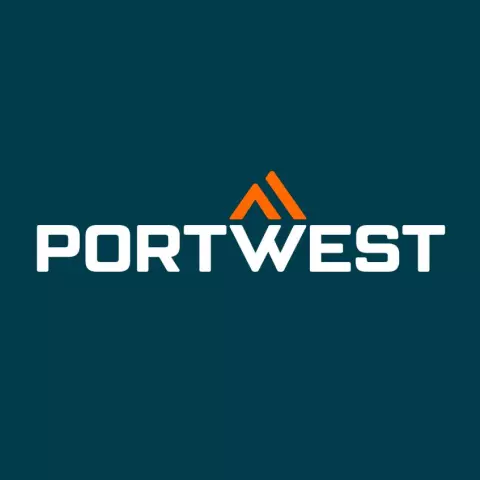

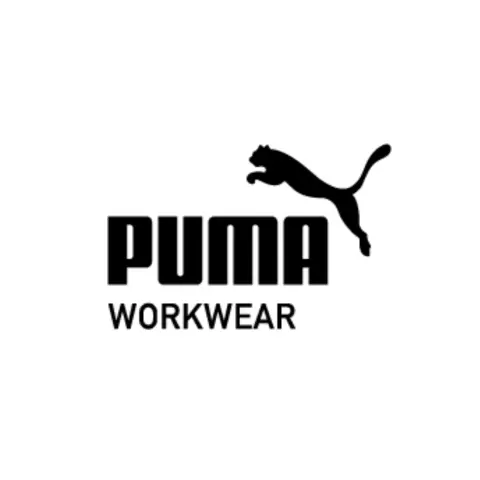

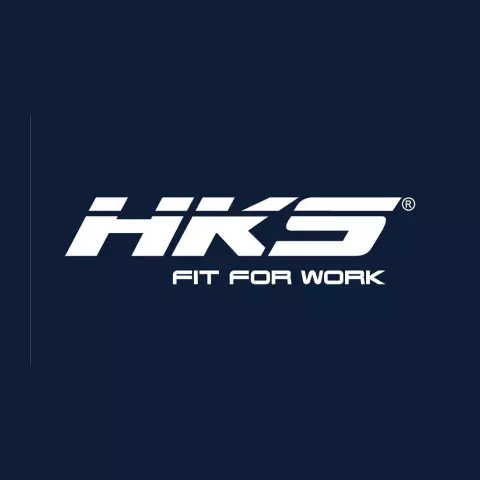


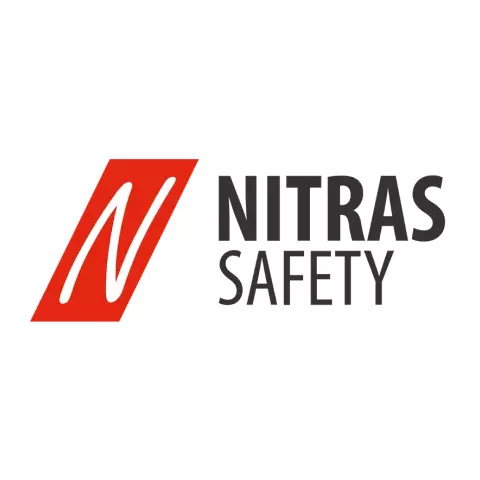




















Many businesses cannot run without procurement. Workflows, supplier connections, and inventory management depend on it.
Procurement has evolved into indirect and direct disciplines.
We’ll explain procurement, compare direct and indirect methods, give examples, answer your questions, and discuss the industry’s future in this post.
You must first understand “procurement.” to distinguish direct and indirect procurement.
Procurement may account for up to 70% of an organization’s income and involves buying products and services and managing contracts and supplier relationships to function ethically and profitably.
Four key value generation steps are needed for direct and indirect procurement success:
60–70% of procurement teams now prioritise strategy. Knowing the main distinctions between indirect and direct procurement helps firms prioritise and optimise tasks.
Direct procurement involves buying commodities, raw materials, supplies, products, parts, components, and services for your firm. Some processing gets these important things to clients. These materials are used in the final product.
Direct procurement purchases are usually conducted in bulk from a select group of suppliers at the greatest price and quality. These purchases are frequent and essential for business.
Direct procurement issues prevent a company from manufacturing and making money. Thus, it is generally associated with industrial enterprises that turn raw materials into goods.
Daily Direct Procurement Examples
Indirect procurement buys non-essential products, services, and supplies for a corporation. This includes paper clips, decorations, travel, maintenance, and equipment repair.
These items are still vital to your company, but they have no direct impact on your products or services. Instead, indirect procurement helps direct supplies become processed items.
Indirect procurement only boosts a company’s top line. However, a business cannot function without it.
Common Examples of Indirect Procurement:
Function is the major distinction between indirect and direct procurement. Direct procurement supplies essential resources that are processed and sold to customers, whereas indirect procurement supplies unexpected commodities.
Different functions make both techniques distinctive.
42% of CPOs questioned planned to prioritise supplier relationship management.
Direct buying builds long-term supplier ties, reducing supply chain disruption. These business essentials cannot be stalled in shipment. You should create long-term, sustainable supplier partnerships.
Contracts, minimum order volumes, and vendor management build long-term commercial relationships. Both parties need to feel secure and reliable. Start with a solid strategic sourcing plan.
Direct procurement gets more attention than indirect procurement, which deals with non-essential commodities and supplies. Supplier connections too. Indirect procurement is faster and uses services as needed.
Shortlisted vendors have less loyalty. You’ll probably get office pens from someone with a better bargain. Nothing wrong with the supply chain. The parties know there is minimal attempt to maintain services long-term.
Direct and indirect procurement spend differently.
Business resilience requires emphasising direct procurement’s core supply chain. These key components must be planned and acquired wisely. Prepare the budget in advance to minimise interruptions.
The indirect procurement process involves spontaneous spending. Purchases are made as needed to promote the larger good and keep things moving. Purchasing is done on demand without any preparation or budgeting for indirect procurement.
The method of procurement you choose affects how you acquire, store, and arrange for goods.
Given the risk and value of controlling the whole supply chain for direct inputs, inventory management is usually limited to direct purchase.
No long-term indirect procurement inventory management plan exists. More like “first-come-first-serve”. No long-term strategy may emerge because these purchases are usually unanticipated.
Thus, indirect procurement inventory management is difficult. Maintaining quality and supplier compliance with corporate requirements is tough. Inventory management becomes less important for indirect purchase.
The structure of direct and indirect procurement differs greatly.
Direct procurement requires several decision-makers due to its “make-or-break” nature. Typically, a core team oversees direct expenses. So, the supply chain is centralised, the budget is precise, and they focus on certain spend areas.
Businesses handle indirect buying differently. This expenditure is haphazard and decentralised between stakeholders and departments. It makes sense. One section won’t know another lacks essentials. This budget is more flexible and meets particular demands.
These two expenditure kinds also demand distinct evaluation methods.
Timely order fulfilment is direct spend’s major goal. Here, cost reductions are as important as inventory management and delivery KPIs.
Unused goods costs money and takes up storage space. Late deliveries and bad supplier management prevent consumer satisfaction. All of this might hurt a company’s profits.
Indirect procurement evaluates performance by cost. Controlling expenditures and eliminating redundancy are its goals. Cost-savings, avoidance, and reduction KPIs are common.
Industry-specific effects of direct and indirect procurement vary.
Direct procurement dominates indirect procurement in businesses where inputs directly impact the end result. This covers retail, construction, and manufacturing.
Professional services firms prioritise indirect spend. Consultants, IT firms, and recruiting agencies are examples.
It’s apparent that indirect and direct procurement have different aims, roles, tactics, and stakeholders. Thus, everyone requires a unique strategy.
Here are some ideas to improve procurement in your company:
Don’t be afraid to embrace technology and digital change. This promotes ethical sourcing and sustainable procurement.
Procurement automation can handle the entire business. Digitising procurement is estimated to reach 72% by 2025. Thus, your competitors may be shopping.
Procurement solutions give direct and indirect procurement teams 360-degree view to manage supplier relationships, inventories, and cost-cutting and sourcing options.
Many e-procurement platforms provide market research, sourcing, and other data-related activity that supports procurement success.
Indirect and direct procurement differ mostly in who and how they serve. Functions and purposes differ completely.
Direct procurement buys company necessities, whereas indirect procurement buys luxury items. A well-oiled machine needs both.
A vehicle manufacturing requires parts to make an automobile and water to hydrate staff. Both solutions meet every demand, but how depends on the need.
Thank you! You've signed up for our newsletter.



















Introduction: Procurement efficiency is crucial to the success or failure of a firm in today’s fast-paced commercial world. Any company...

Introduction In a fast changing global economy, firms face supply chain disruptions, fluctuating markets, and unexpected demand. Managing these difficulties...

Introduction Data powers growth, efficiency, and competitive advantage in today’s fast-paced corporate environment. Procurement is crucial to every organisation. Fast-advancing...

Introduction: Procurement efficiency is crucial to the success or failure of a firm in today’s fast-paced commercial world. Any company...

Introduction In a fast changing global economy, firms face supply chain disruptions, fluctuating markets, and unexpected demand. Managing these difficulties...

Introduction Data powers growth, efficiency, and competitive advantage in today’s fast-paced corporate environment. Procurement is crucial to every organisation. Fast-advancing...
Get 20€ off on your first order!
Save 30% by buying directly from brands, and get an extra 10€ off orders over €100
Save 30% by buying directly form brands, and get an extra 10€ off orders over €100